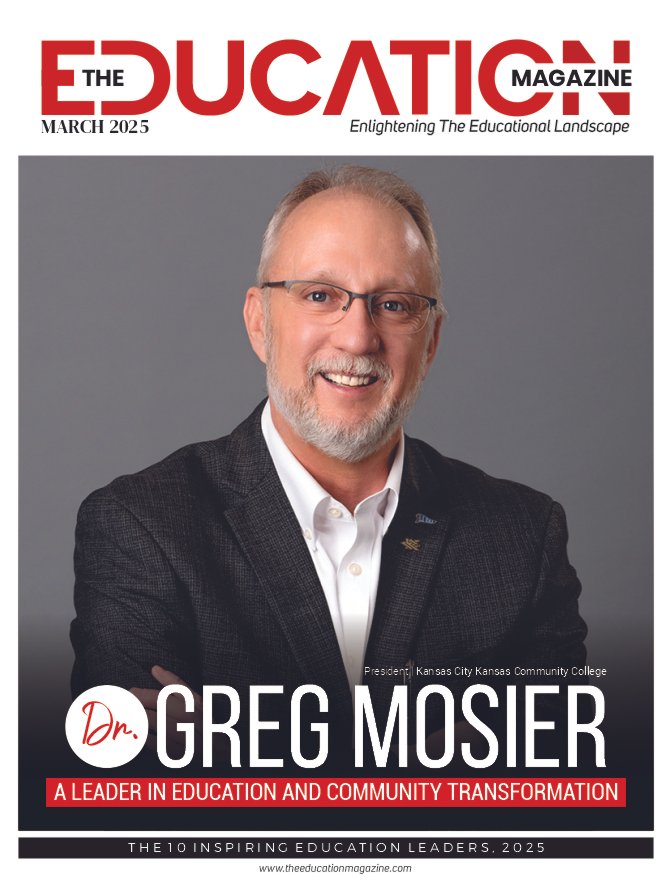In today’s digital-first economy, entering a new market is no longer just about translating your website or launching paid ads. Particularly in established, culturally specific markets like France, global brands must go further than “localizing”—they must earn trust through localized presence across consumer touchpoints.
An increasingly effective, yet often underestimated, tactic is the use of dedicated brand pages on local third-party discount websites. These aren’t just places to post a sale. They serve as digital outposts—places where brands can build authority, increase search visibility, and meet consumers where they actively look for value.
What Are Brand Promo Pages—and Why Do They Matter?
Let’s be clear: we’re not talking about selling through marketplaces like Amazon or launching a full affiliate network. These are individual merchant promo pages hosted on local coupon or discount websites. A strong example is the SHEIN France Promo Code page, which showcases SHEIN’s latest promotions for French consumers in a curated, SEO-optimized environment.
These kinds of pages matter because they:
Rank high in local search results for “brand + promo code” queries
Give shoppers a familiar, trusted environment for discovering deals
Signal credibility and regional investment to new and returning customers
This is particularly relevant in France, where consumers often search for “code promo” or “bon de réduction” before making online purchases.
SHEIN’s Strategy: Going Beyond Discounts
SHEIN is a textbook case of a global brand that has used this approach well. Known for its fast fashion and direct-to-consumer model, it doesn’t just rely on aggressive pricing—it also ensures that French consumers find trustworthy, localized promo experiences.
When someone in France searches for “SHEIN code promo,” pages like the SHEIN France Voucher Code appear among the top organic results. This isn’t a coincidence. These pages are optimized for French-language keywords, regularly updated, and hosted on local domains—elements that help both in terms of SEO and user confidence.
Rather than being just a sales tool, these pages act as a digital proof of presence. They signal that the brand is active in France, accessible in the French language, and willing to cater to the local shopping habits.
This Isn’t a Price War—It’s a Visibility Play
Some brands are hesitant to appear on third-party promo pages for fear of diluting their premium image. But that concern misses the mark. These pages are not about racing to the bottom on price. They’re about occupying a critical digital shelf space that’s highly relevant to the modern purchase journey.
Think of them as:
Brand-owned content in a third-party context
Search engine real estate you can influence, if not control
A low-cost, high-ROI entry point for intent-driven traffic
For DTC brands like SHEIN, the goal isn’t just conversion—it’s controlled, on-brand discoverability in a crowded marketplace.
Why CEOs and CMOs Should Pay Attention
If your brand is scaling in France—or even exploring the opportunity—these third-party promo pages should be seen as strategic digital infrastructure, not just marketing tactics.
They offer:
Localized discoverability outside of your own ecosystem
High-intent traffic already in the final stages of the funnel
Low investment, long-term value (many of these pages rank organically for years)
Consistent messaging control, since brands can influence which codes are shared
When included in a broader channel mix (owned media, influencers, email), these promo pages fill a critical mid-funnel gap, capturing users who may not respond to paid ads but are still interested in your brand.
Closing Thoughts
In the era of global eCommerce, brands are discovered everywhere—not just on their own websites. And for consumers in local markets like France, trust isn’t built by loud advertising but by reliable, familiar, and native-language touchpoints.
Third-party promo pages like SHEIN France Promo Code and SHEIN France Voucher Code aren’t merely sales boosters. They’re signals of local presence, tools for search authority, and bridges between interest and action.
Also read: Bilingual Education: 21st-Century Cognitive Superpower









